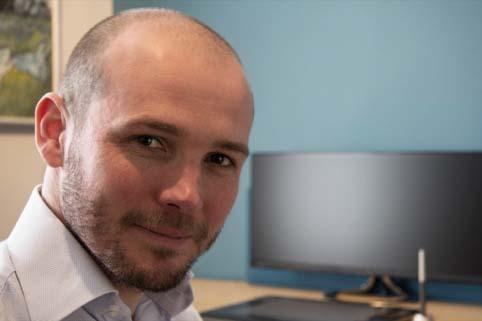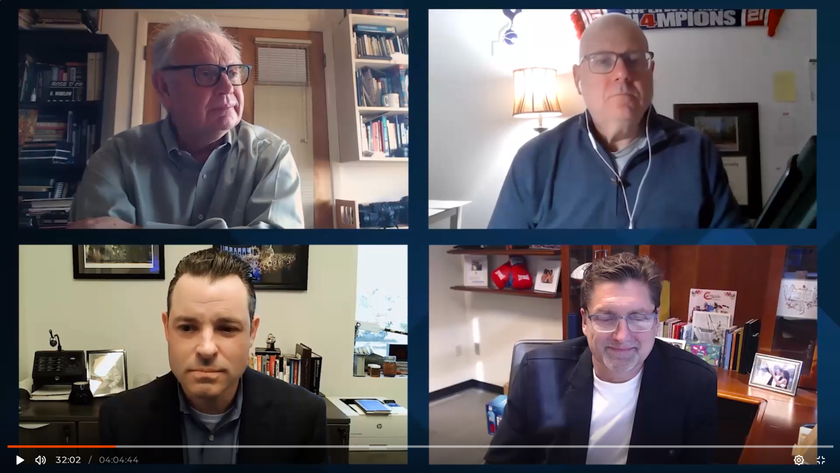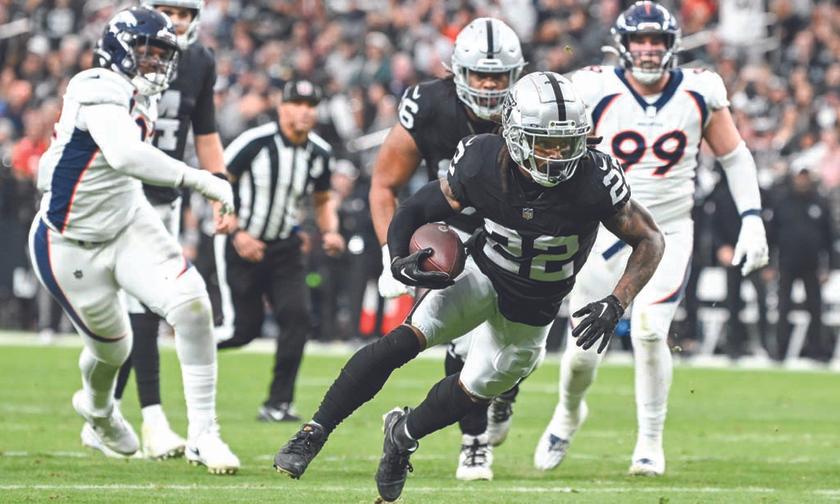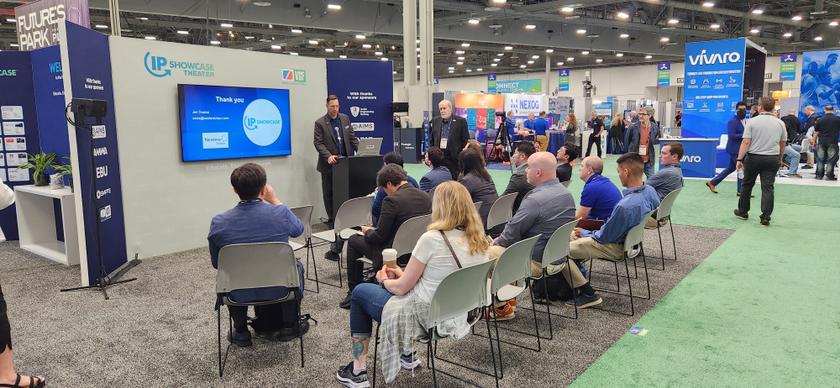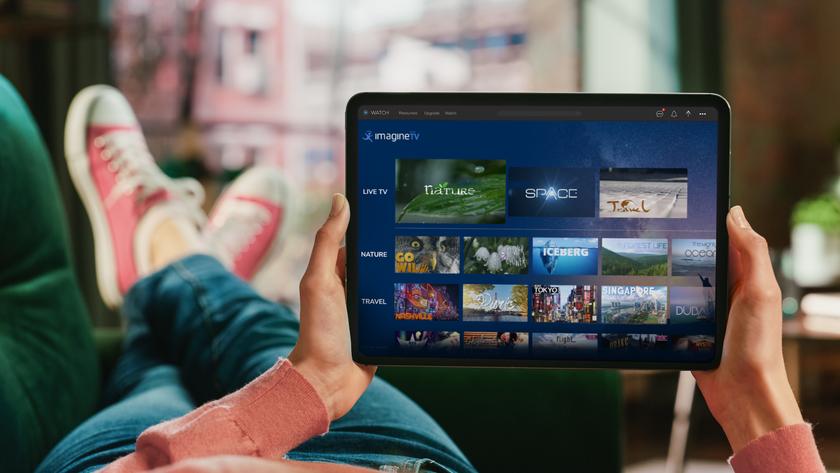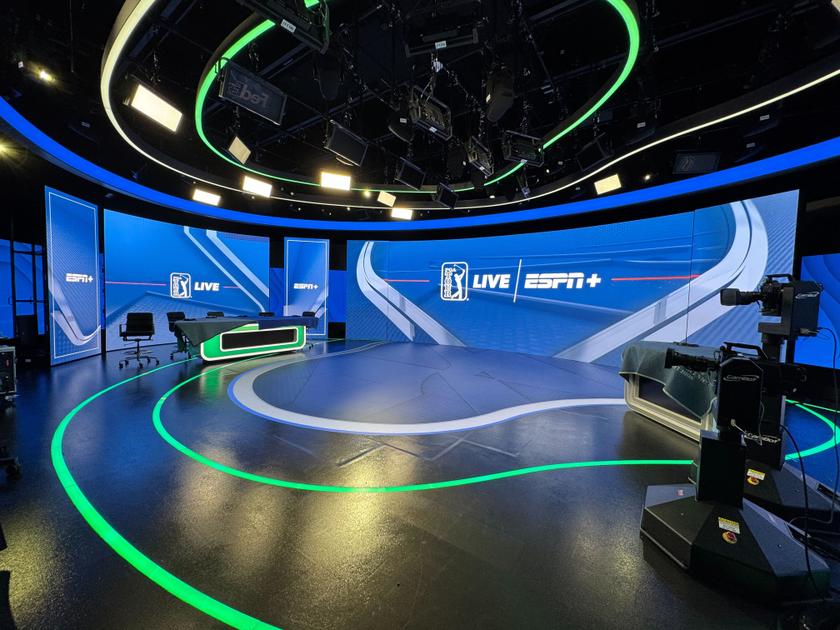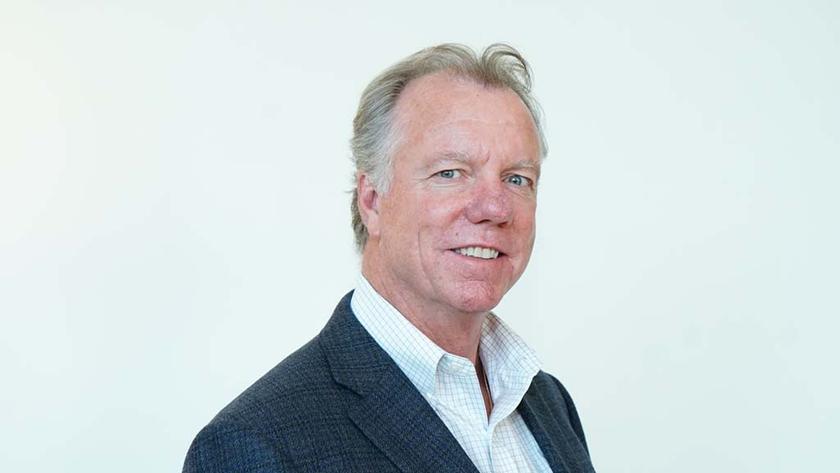Automation Aftermath
Frank Bruck helped design and build a new master control facility for WNKY-TV back in 2006, soon after his arrival at the NBC affiliate in Bowling Green, Ky. The facility had to handle NBC’s HD and SD feed, as well as both feeds for CBS, which WKNY carries digitally, and another local news channel. The control room at the time, Brucks wrote in his blog, comprised a 16x16 router, a video server, five VTRs and six “consumer grade” satellite receivers. Bruck increased the license of the station’s existing Microfirst automation system, adding the rest of the gear necessary to handle multiple channels. He finished the job in four months at $225,000. TVB recently corresponded with Bruck. How is the system working for you today? “Almost flawlessly.” Do automation systems work as advertised? "Yes, there were a few bugs to work out, as with any system." Are there pieces you wish you would have made differently, or more robust? “Sure, as any system, had I had a larger budget, I would have done some things differently, but given the budget I had to work with, I put together the best system possible.” Have the two years since finishing the project provided additional insights, e.g., have the stations needs changed that much? “I tried my best in envision the future, with expansion in mind. I have had to make some changes along the way and replace some equipment, such as analog satellite receivers with digital, and also changed some of the layout to best fit the needs of the operators. Overall, the core design of the facility remains as built.” Does the automation keep up with the addition of more platforms and advances (5.1 monitoring and 3D graphics, for example)? “Our master control system is very basic, so many of the advanced features are not being used.” What are your thoughts on centralized master control? “In the right situation, it can be a very cost effective method to feed many transmission systems.” Virtual master control? “It has potential. I have not actually seen one in operation.” What aspect still requires the most manual intervention? “In our facility, most of the operators still prefer to manually start and monitor incoming feeds. I have seen systems that operate well in this environment, so I do not feel the weakness in the system is there. I feel a system for automatically tuning satellite signals, i.e. dish movement, needs improvement.” Is there a single automation system that handles VTRs, ingestion, graphics, traffic and billing, ad insertion, archiving, playout, closed captioning, PSIP, multiplatform distribution, yada yada, or do you have to cobble together software types? “Again, due to budget constraints, the automation system chosen for WNKY does not handle all aspects. Some is handled by different systems, some manually. However, the information from each system does import without problem into the others.” Are automation systems entirely reliable? “If they were entirely reliable, there wouldn’t be the need for operators and engineers. Automation only improves personnel performance with less chance for errors.” Is there anything else I should be asking? “WNKY is a very small station sandwiched between two large markets. The system I installed was less than $250,000, and works very well, without a bunch of bells and whistles. Our desire was to build a system capable of handling two TV stations, both standard-definition and high-definition, that was reliable and easy to operate and maintain.” The system does have some features in use that were not in the original design, but actually making use of equipment that was already in place, such as how we brand one of the stations. The important aspect is to make sure you use the equipment you have to it’s fullest extent, instead of going out, and buying ‘specialized equipment’ to do the same job.”
Get the TV Tech Newsletter
The professional video industry's #1 source for news, trends and product and tech information. Sign up below.
